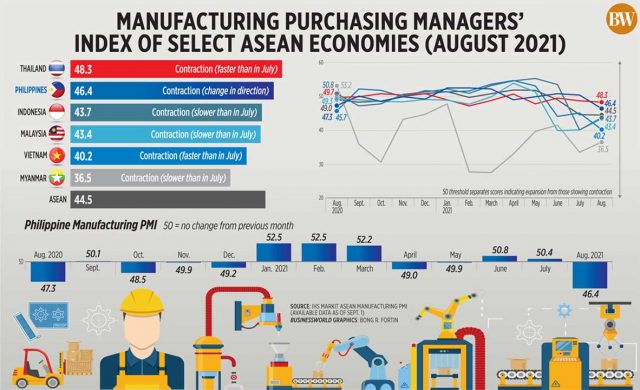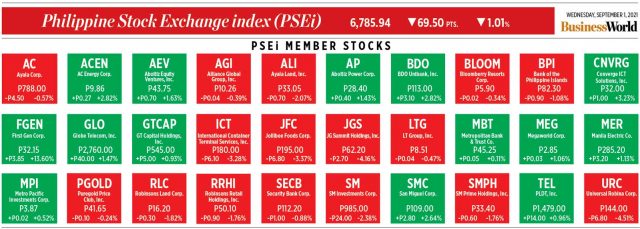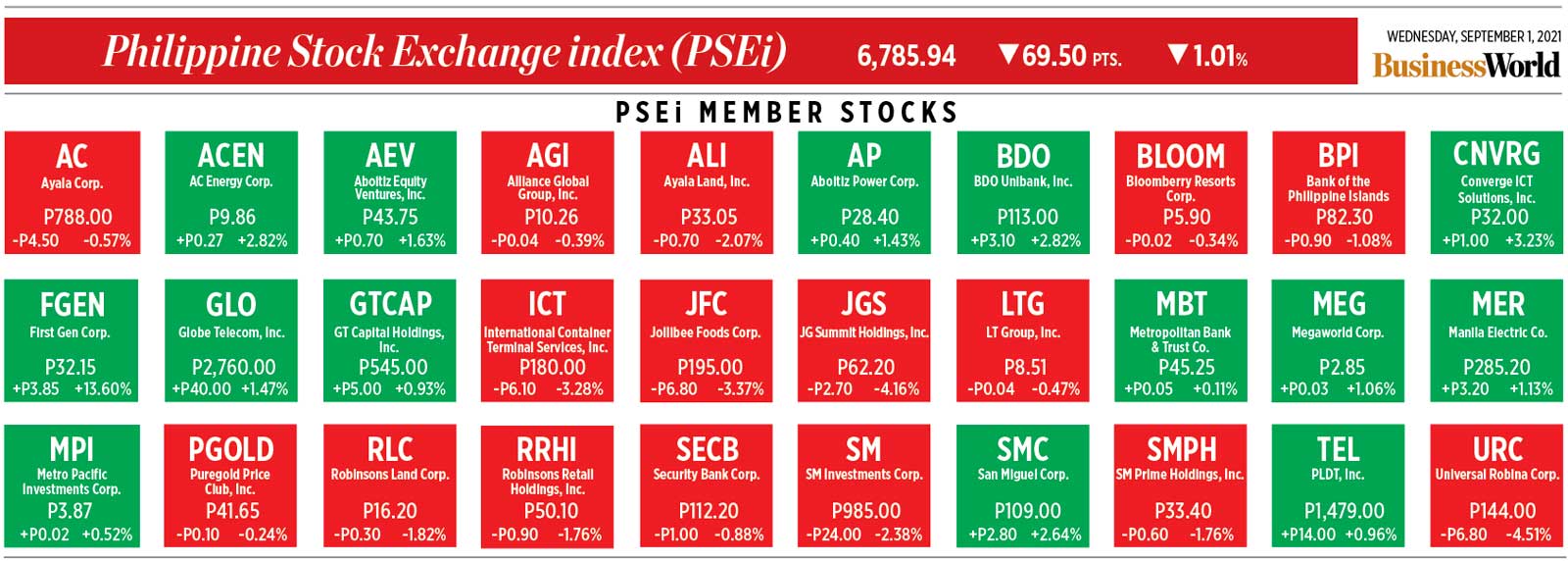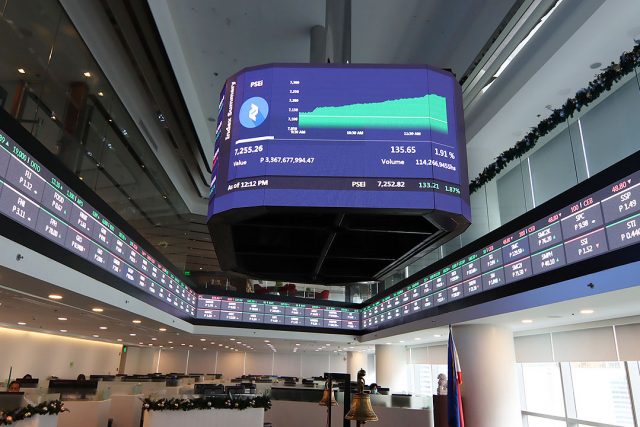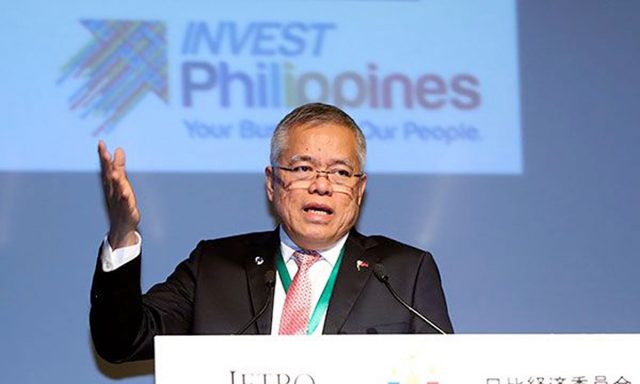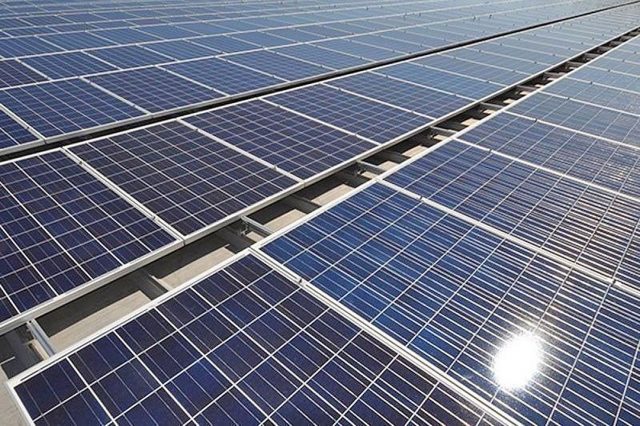It’s undeniably a social media-driven era. People from all walks of life watch the content put out by influencers, who have become a tremendous source of tips, trendy products and services, news, and entertainment, replacing to an extent the sway traditional celebrities held over their fans. Videos that go viral are a surefire way of monetizing viewership.
With more subscribers hitting that notification bell icon on social media channels, the Bureau of Internal Revenue (BIR) recently released Revenue Memorandum Circular (RMC) No. 97-2021 to remind influencers of their tax obligations.
The RMC defined influencers as all taxpayers, individuals or corporations, receiving income in cash or in kind, in exchange for services performed as bloggers, video bloggers or “vloggers;” or any other activities performed on social media sites and platforms, such as YouTube, Facebook, Instagram, TikTok, etc. Influencer income sources may include YouTube Partner Programs, display advertising, sponsored posts, and other marketing and promotional activities.
The RMC is a reminder of a business’s tax obligations, with a stern warning for the non-compliant, who face the prospect of a “full-blown investigation.” The RMC did not mention the taxable years to be covered by the audit, but may be working within the framework of the statute of limitations (i.e., three years from when returns were filed, or 10 years in case of fraud). Moreover, the BIR intends to leverage cross-border sharing of data, pursuant to the Exchange of Information clause under various tax treaties, to properly determine the influencer’s tax liability and help curb tax evasion.
Under the Tax Code, resident citizens and domestic corporations are taxable on their worldwide income. However, non-resident citizens, foreign nationals, and foreign corporations are taxable only on their Philippine-sourced income.
Payments received by an influencer for services rendered, irrespective of the manner or form of payment, are considered business income. These include free products they receive in exchange for promoting them on the influencer’s accounts or channels, to be declared at fair market value.
However, the RMC did not specify what constitutes Philippine-based content that would form part of a foreigner’s taxable Philippine income. Thus, the burden of proving that the income is derived from foreign sources (and therefore, tax-exempt), falls on the influencer.
For tax purposes, influencers, other than corporations and partnerships, are classified as self-employed individuals, as sole proprietors earning business income. Following is a summary of their tax compliance obligations:
1. Register and secure a Tax Identification Number (TIN) from the Revenue District Office (RDO) having jurisdiction over the place of business or place of residence, or update his existing registration with the appropriate RDO. Not having a TIN/BIR registration does not exempt anyone from the payment of taxes. A minor who earns income is likewise covered by this requirement.
2. Keep and register books of account to record all transactions and results of operations.
3. File relevant tax returns and pay tax based on his registration. The annual income tax return (ITR) should be supported by audited financial statements if gross receipts exceed P3 million and not availing of the optional standard deduction (OSD).
4. Withhold and remit taxes (where applicable) on payments to suppliers and employees.
5. For Filipinos, exert all efforts to invoke treaty benefits on foreign-sourced income by obtaining a Tax Residency Certificate from the BIR for presentation to the source state. If treaty benefits are not availed of and the taxpayer is subjected to regular tax in the source state, he is not allowed to claim foreign tax credits in excess of the amount of tax that he would have paid in the source state had he invoked the treaty provisions.
TAXATION OF INDIVIDUAL INFLUENCERS
Influencers are subject to tax just like any other person engaging in any other business. If gross receipts exceed the value-added tax (VAT) threshold of P3 million, the graduated tax rates of 0% to 35% will apply and he will be subject to VAT. If earnings are P3 million or lower, the taxpayer has the option of choosing either:
• 8% rate based on gross receipts and other non-operating income which will be in lieu of any other income or percentage tax.
• Graduated tax rates of 0% to 35% and 1% percentage tax (effective July 1, 2020 to June 30, 2023, and 3% thereafter).
If the influencer chooses the graduated tax rates, he can deduct all the ordinary and necessary expenses incurred during the taxable year in computing his taxable income, subject to substantiation and compliance with the applicable withholding tax rules.
Based on the RMC, such expenses can include: filming expenses (cameras, smartphones, microphone and other filming equipment); computer equipment, subscription and software licensing fees; internet and communication expenses; home office expenses (proportionate rent and utility expenses); office supplies; business expenses (travel or transportation, payment for video editing, costume design, advertising and marketing costs); depreciation expense; and bank charges and shipping fees.
Alternatively, instead of claiming itemized deductions, the influencer may also elect the Optional Standard Deduction (OSD), or a standard deduction not exceeding 40% of gross sales/receipts of individual taxpayers. Under this deduction scheme, no substantiation is required. The influencer, however, must signify the election of OSD in the first quarter ITR.
CONSEQUENCES FOR NON-COMPLIANCE
Failure to voluntarily and truthfully file returns and pay taxes may result in the payment of deficiency tax plus surcharge (25% or 50% for fraud cases), interest (12% p.a.) and penalties. A breathtaking update one shouldn’t miss under the TRAIN law was the jacked-up penalties ranging from P500,000 to P10,000,000. Penal liability also applies if there is a finding of willful intent to evade taxes.
While I appreciate how influencers engage followers with their quirky ideas, I am just as pleased knowing that when I hit the subscribe button and click the bell icon, increased viewership translates into payment of taxes to allow the government to raise needed revenue.
The views or opinions expressed in this article are solely those of the author and do not necessarily represent those of Isla Lipana & Co. The content is for general information purposes only, and should not be used as a substitute for specific advice.
Raymund M. Gutib is a senior manager at the Tax Services Department of Isla Lipana & Co., the Philippine member firm of the PwC network.
raymund.m.gutib@pwc.com

